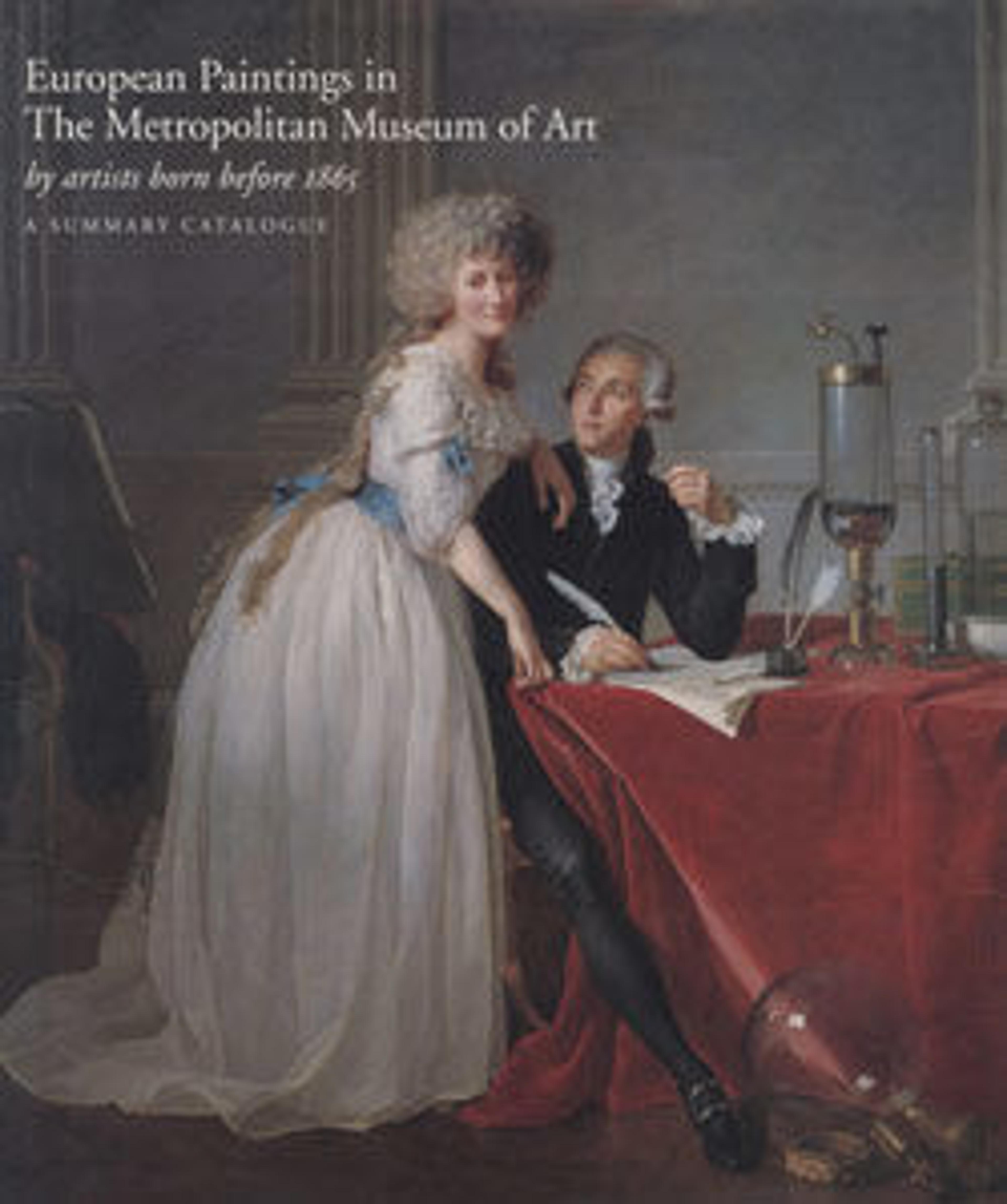The Annunciation
The vase of lilies, prominently placed between the Angel Gabriel and the Virgin in this Annunciation scene, symbolizes both the Virgin’s purity as well as Christ’s Incarnation. The panel was originally part of the highly celebrated altarpiece that Sassetta, the renowned Sienese artist, painted between 1437 and 1444 for the Franciscan church of Borgo San Sepolcro in Arezzo. The Annunciation formed the central pinnacle on the back side of this multi-paneled, double-sided altarpiece. The panel has been the subject of considerable abrasion, repainting, and has been cut down in size.
Artwork Details
- Title: The Annunciation
- Artist: Sassetta (Stefano di Giovanni) (Italian, Siena or Cortona ca. 1400–1450 Siena)
- Date: ca. 1435
- Medium: Tempera on wood, gold ground
- Dimensions: Overall, with engaged (modern) frame, 30 x 17 1/8 in. (76.2 x 43.5 cm); painted surface 28 3/4 x 16 1/8 in. (73 x 41 cm)
- Classification: Paintings
- Credit Line: Robert Lehman Collection, 1975
- Object Number: 1975.1.26
- Curatorial Department: The Robert Lehman Collection
More Artwork
Research Resources
The Met provides unparalleled resources for research and welcomes an international community of students and scholars. The Met's Open Access API is where creators and researchers can connect to the The Met collection. Open Access data and public domain images are available for unrestricted commercial and noncommercial use without permission or fee.
To request images under copyright and other restrictions, please use this Image Request form.
Feedback
We continue to research and examine historical and cultural context for objects in The Met collection. If you have comments or questions about this object record, please contact us using the form below. The Museum looks forward to receiving your comments.
